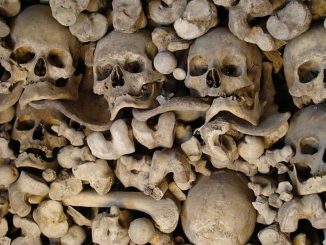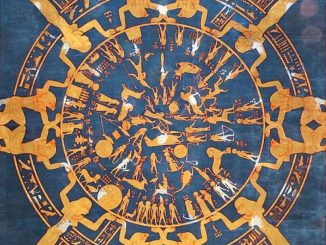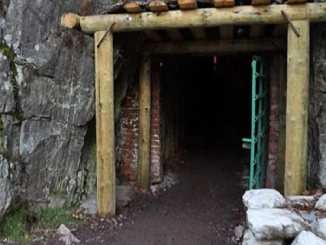The discovery of antiquities is evidence of agricultural and industrial activities during the Eastern Roman Empire (or Byzantine Empire) about 1,500 years ago.

The Israel Antiquities Authority (IAA) announced on August 18 that artifacts unearthed in the city center of Ramat Hasharon include a large wine furnace, a gold coin and a bronze chain used to hang a chandelier.
The distillery is attached to a large structure that was once used as a warehouse or farm.
The gold coin was minted with the image of Emperor Heraclius of the Eastern Roman Empire and his two sons. Another side of the gold coin is the image of the cross on Golgotha hill. This is where, according to Christian tradition, Jesus was crucified on the cross.
The ancient gold coin also has a Greek and possibly Arabic inscription engraved with the owner’s name.
The brass chain used to hang the chandelier contains a glass lampholder. Chandeliers of this type are often seen in churches, according to Xinhua News Agency.
Inside the buildings and structures at the site, archaeologists also found many fragments of storage jars, cooking pots, mortars for grinding wheat and barley as well as grinding herbs and plants. medicine.
After the Muslim conquest in the 7th century, a glassworks and a warehouse were built at the site.
Four giant jars from that period were also discovered by archaeologists below the floor. This suggests they were once used to preserve grain and other products from insects and weather.
Remains of houses and two large baking ovens were also discovered, showing that people once lived at this archaeological excavation site.


